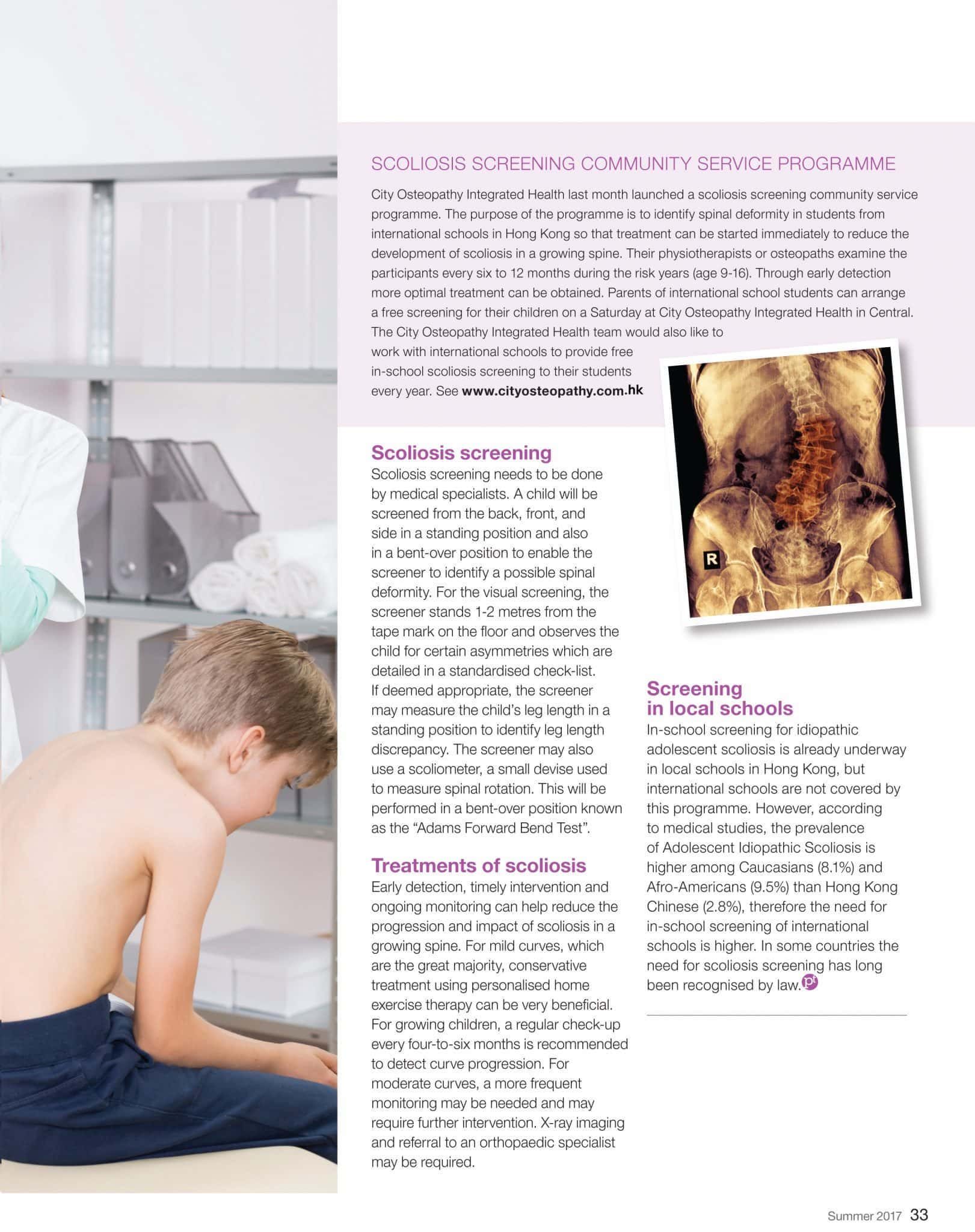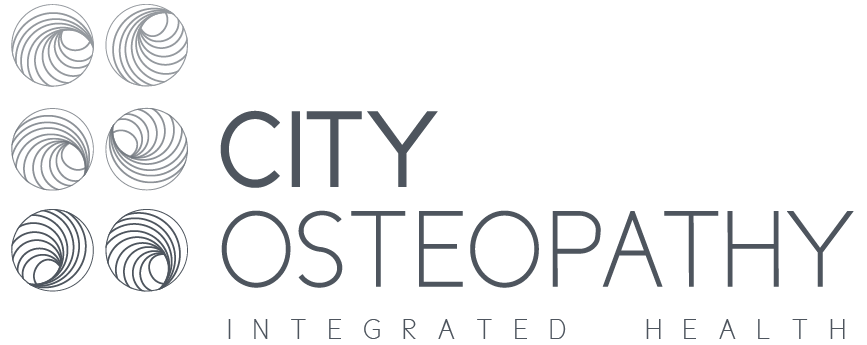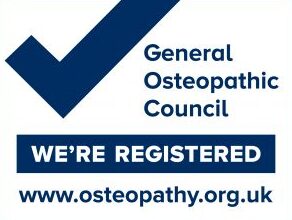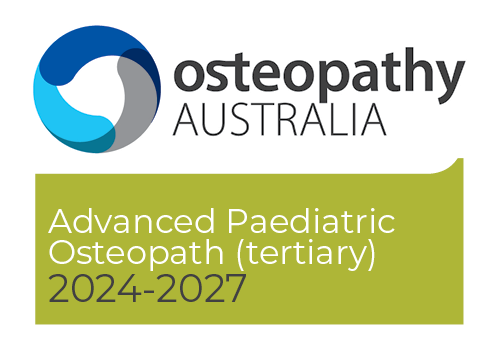
What is Scoliosis?
Scoliosis is a side-to-side curvature of the spine. It can develop during childhood, teenage years, or adulthood, but is most common noticed during the years of rapid growth in girls nine to fourteen years of age and boys eleven to sixteen years of age. This is most common type of scoliosis, known as Adolescent Idiopathic Scoliosis. “Idiopathic” means “of unknown cause” however there can be genetic factors as scoliosis tends to run in families, therefore anyone who has scoliosis should send their children for screening and any adolescent who is found to have scoliosis should send their siblings for screening. Diagnosis, treatment, and monitoring are important as spinal deformity can cause pain and dysfunction in the musculoskeletal system as well as dysfunction of the heart and lungs.
Importance of Early Detection
Early detection is crucial because the onset of Adolescent Idiopathic Scoliosis (AIS) is gradual. Curve progression usually coincides with the adolescent growth spurt. The development of the curvature usually goes unnoticed by the parent and child because it is not obvious initially and pain is rare in the early stages. Scoliosis is not normally noticed until the curvature has developed however early detection and conservative treatment may preclude the need for some children to undergo major surgery.
Scoliosis Screening
Scoliosis screening needs to be done by medical specialists. Child would be screened for the back, front, and side in a standing position and in a bent-over position to enable the screener to identify a possible spinal deformity. For the visual screening, the screener stands 1.0-2.0 metres from the tape mark on the floor and observes the child for certain asymmetries which are detailed in a standardised check-list. If deemed appropriate the screener may measure the child’s leg length in a standing position to identify leg length discrepancy. The screener may also use a scoliometer, a small devise used to measure spinal rotation. This will be performed in a bent-over position known as “Adams Forward Bend Test”.
Treatments of Scoliosis
Early detection, timely intervention and ongoing monitoring can help reduce the progression and impact of scoliosis in a growing spine. For mild curves, which are the great majority, conservative treatment using personalised home exercise therapy can be very beneficial. For growing children, a regular check-up every 4-6 months is recommended to detect curve progression. For moderate curves in growing children, a more frequent monitoring may be needed and require further intervention. X ray imaging and referral to an orthopedic specialist may be required. We will discuss the various treament outcomes and options with the parents.
Scoliosis Screening for Students
In-school screening for idiopathic adolescent scoliosis is already underway in local schools in Hong Kong, but the international schools are not covered by this programme. However, according to medical studies, the prevalence of Adolescent Idiopathic Scoliosis is higher among Caucasians (8.1%) and Afro-Americans (9.5) than Hong Kong Chinese (2.8%), therefore the need for in-school screening of international schools is higher. In some countries the need for scoliosis screening has long been recognised by law.
Scoliosis Screening Community Service Programme
City Osteopathy Integrated Health launches a scoliosis screening programme in June 2017. The purpose of the screening programme is to identify any spinal deformity for students from the international schools in Hong Kong so that treatment can be started immediately and reduce its development in a growing spine. Their physiotherapists or osteopaths would examine the participants 6 months to yearly in the risk years (aged -16 years old). Through early detection more optimal treatment can be obtained. Parents of international school students could arrange a free scoliosis screening for their children by calling 2151 4795. The screening will be done on a Saturday at City Osteopathy Integrated Health in Central.


